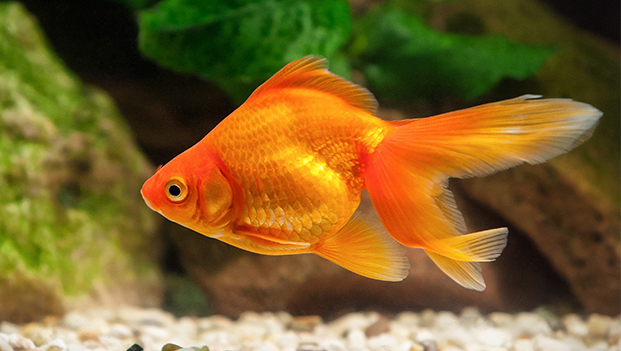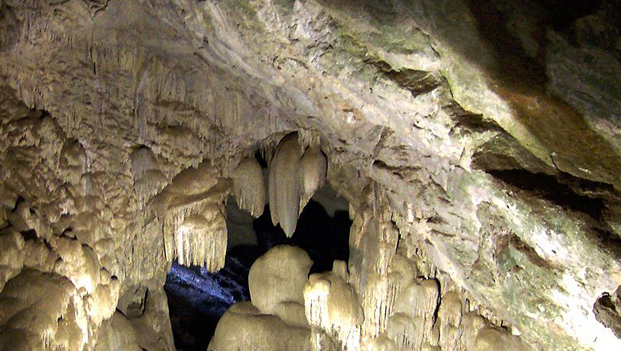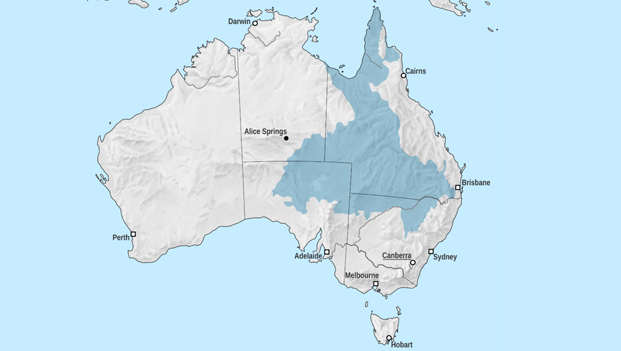10th February 2016
What is the dot in ‘i’ called?
Derived from the Latin word titulus, meaning inscription or heading, the ‘tittle’ is a dot or diacritic that is used to mark a lowercase ‘i’ or ‘j’. It was initially used to distinguish ‘I’ and ‘J’ from the neighbouring letters. The ‘tittle’ appeared in the Latin alphabets in the 11th century. Originally a larger mark, it was reduced to a dot in the later Roman letters. These days the word tittle is rarely used and has been replaced with the word ‘dot’.





